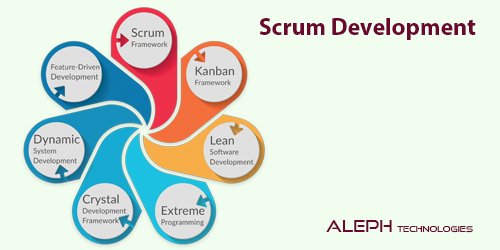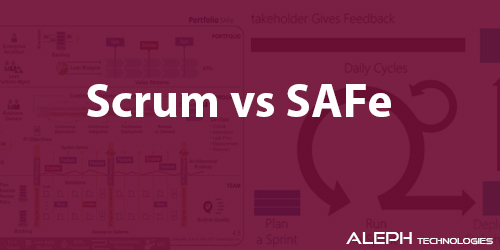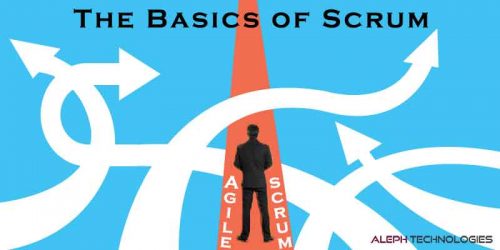Unveiling the Fundamentals of Scrum and Its Essential Practices
Are you intrigued by the world of Scrum but find yourself needing a comprehensive understanding of its basics? In this SEO-friendly blog, we'll unravel the core concepts of Scrum, its team dynamics, processes, and pivotal events. Let's embark on a journey to grasp the essence of Scrum and how it can revolutionize project management.
Understanding Scrum: More Than a Methodology, a Managing Framework
Scrum, often perceived as an agile methodology, is better described as a framework for managing processes. It relies on a self-organizing, cross-functional team where each member contributes from ideation to implementation. Unlike traditional approaches, Scrum empowers teams to make collective decisions on task assignments and issue resolutions.
Key Scrum Processes Unveiled: Sprints, Backlogs, and More
The Scrum process unfolds through iterative cycles known as Sprints. Each Sprint involves selecting top items from the Product Backlog, a comprehensive list detailing the project's features. These selected items become the Sprint Backlog, guiding the team's efforts throughout the Sprint duration. At the Sprint's conclusion, the team delivers a product increment with added functionality.
Vital Scrum Events: Sprint, Planning, Daily Scrum, Review, and Retrospective
Understanding the essential events in the Scrum framework is crucial. These events include:
Sprint: A time-boxed period, typically a month or less, focused on delivering a potentially releasable product increment.
Sprint Planning: A collaborative effort involving the ScrumMaster, Product Owner, and the Agile Team to select backlog items for the upcoming Sprint.
Daily Scrum: A daily stand-up meeting where team members discuss progress, plans, and potential obstacles in a time-boxed 15-minute session.
Sprint Review: A formal meeting evaluating the completed sprint against its objectives, involving stakeholders like the product owner, Scrum team, management, clients, and developers from other projects.
Sprint Retrospective: A reflection on the past Sprint to identify process improvements and address any issues, involving the entire team and lasting up to 60 minutes.
SEO-Friendly Tips for Scrum Enthusiasts: Enhance Your Scrum Knowledge
Are you eager to boost your understanding of Scrum? Here are some SEO-friendly tips:
Sprint Goal Significance: Explore the negotiation process between Product Owners and Development Teams to set specific and measurable Sprint Goals.
Sprint Planning Collaboration: Delve into the collaborative effort in Sprint Planning, involving the ScrumMaster, Product Owner, and the Entire Agile Team.
Daily Scrum Best Practices: Learn the guidelines for conducting effective Daily Scrums, ensuring all team members are engaged and potential obstacles are addressed.
Sprint Review Formality: Understand the formalities of a Sprint Review meeting, emphasizing the importance of evaluating against the Sprint objective.
Sprint Retrospective Insights: Gain insights into the Sprint Retrospective, a crucial phase for reflecting on the past Sprint and initiating process improvements.
Conclusion: Embrace the Scalable Framework of Scrum
In conclusion, Scrum isn't a one-size-fits-all solution, but it provides a scalable framework with a common vocabulary for teams to inspect and adapt. This SEO-friendly blog has uncovered the fundamental aspects of Scrum, offering a starting point for your exploration. Whether you're a seasoned professional or a newcomer, understanding Scrum's basics is key to navigating the dynamic landscape of project management. Start your journey today!
Related posts
-

Scrum Development: A Comprehensive Overview 🚀
Mar 25, 2024 -

Understanding Scaled Agile (SAFe) and Disciplined Agile Delivery (DAD)
Mar 25, 2024 -

Scrum vs SAFe: Unveiling the Differences 🔄
Mar 25, 2024 -

Unlocking Business Agility with SAFe: A Comprehensive Guide 🚀
Mar 25, 2024

Please login to check comments